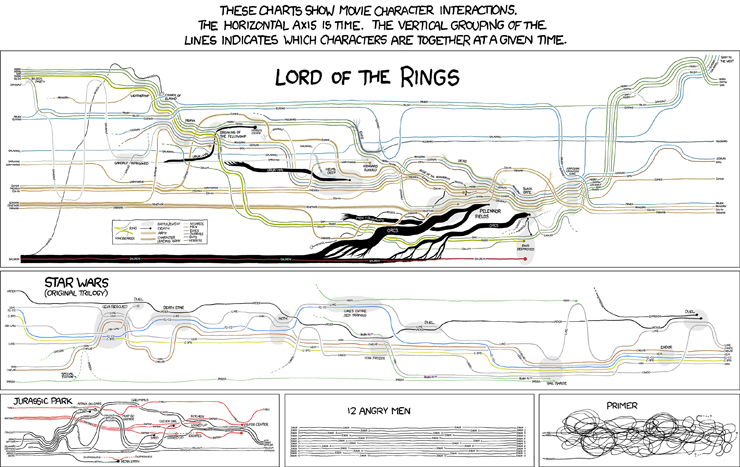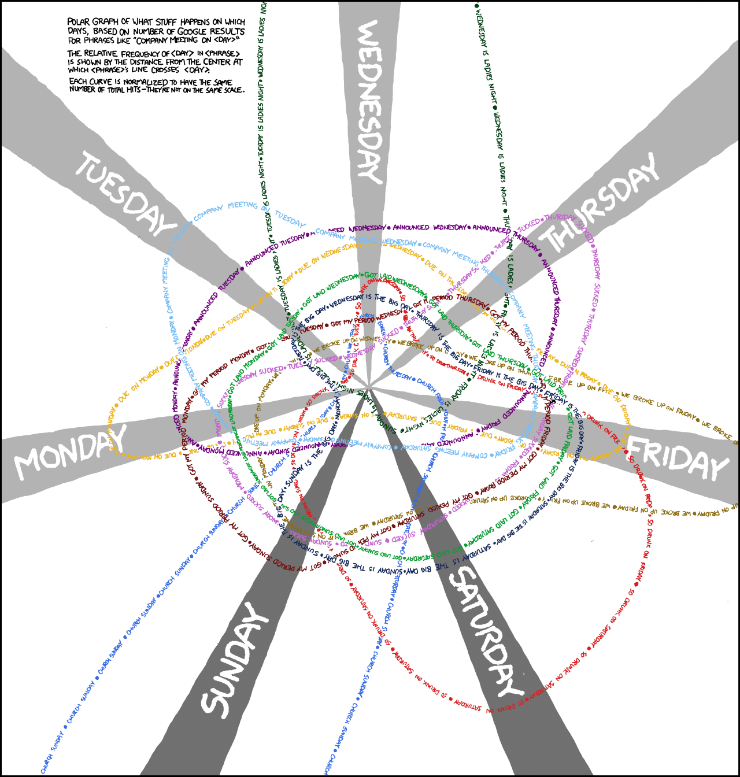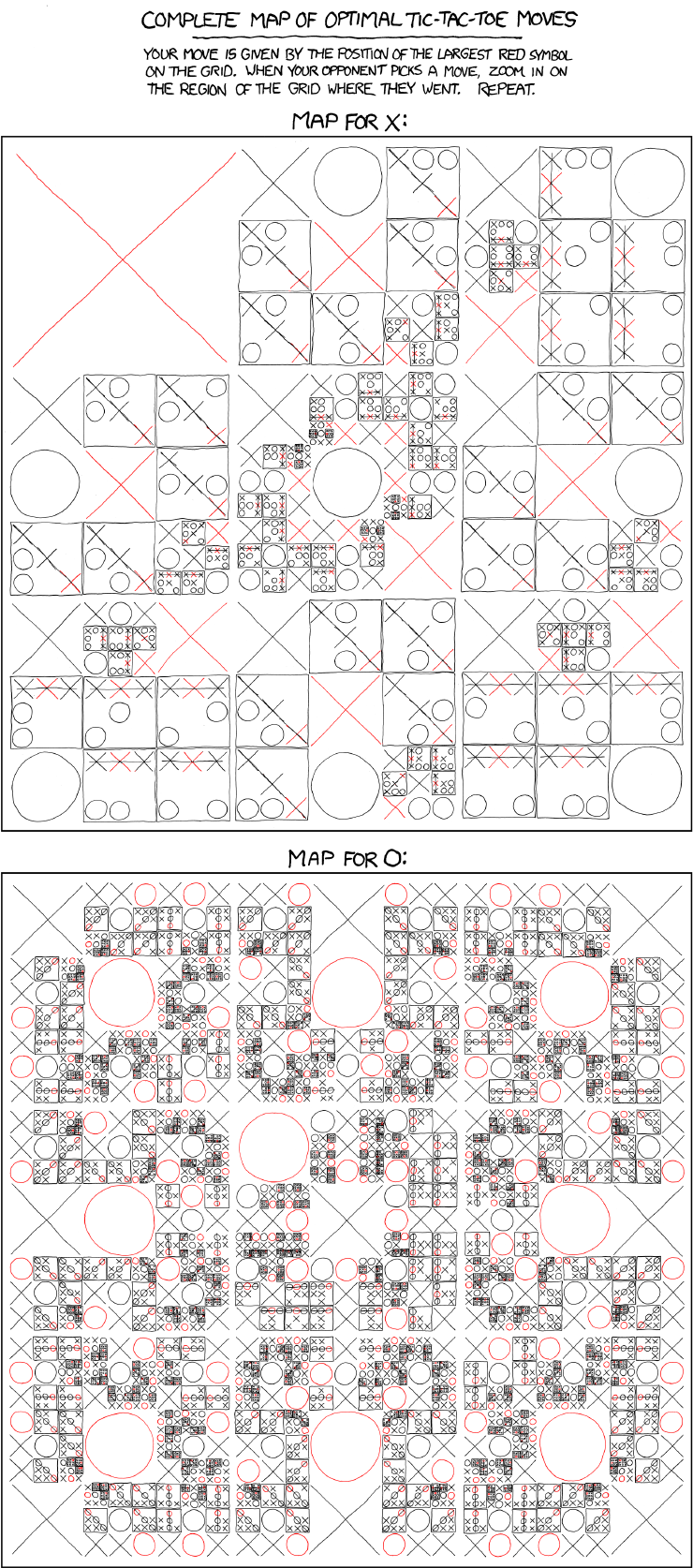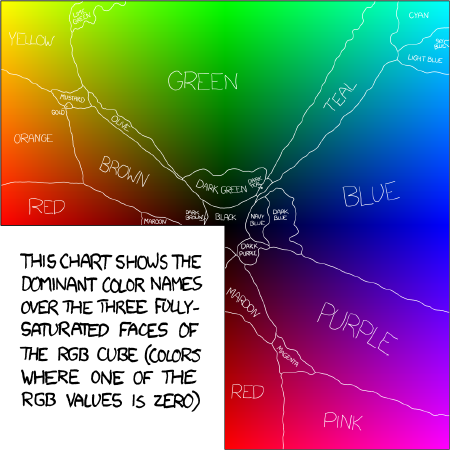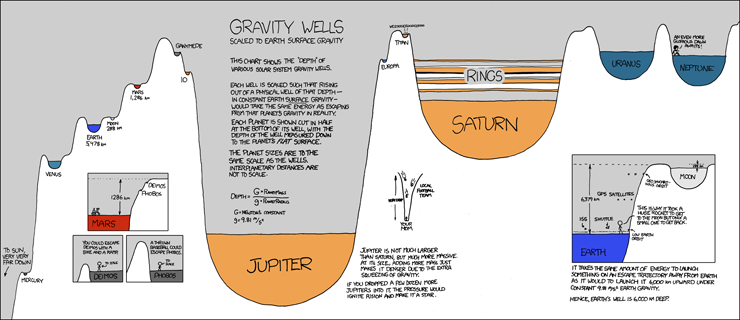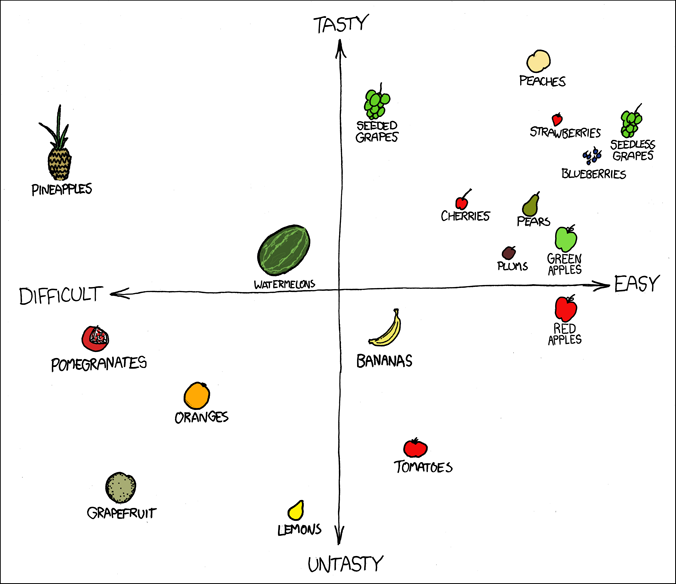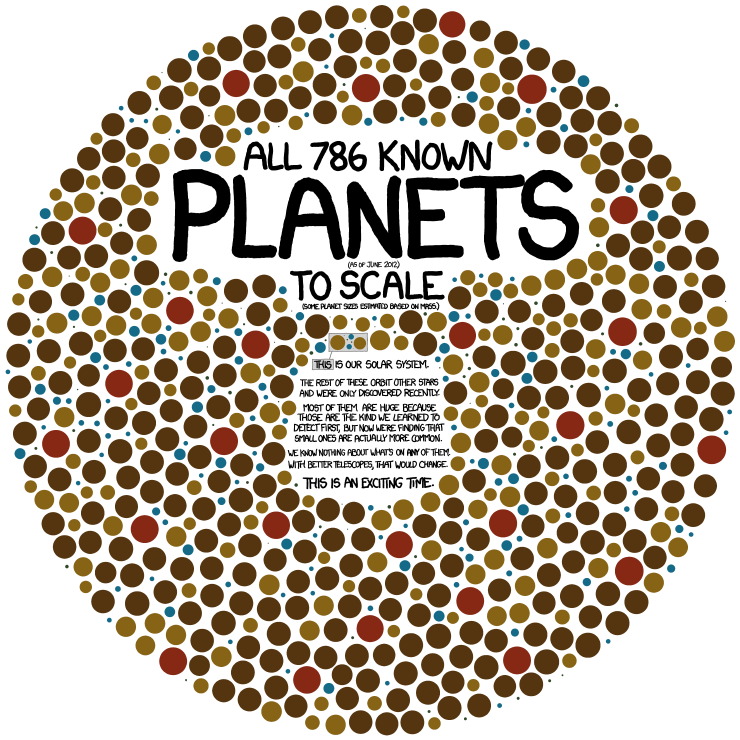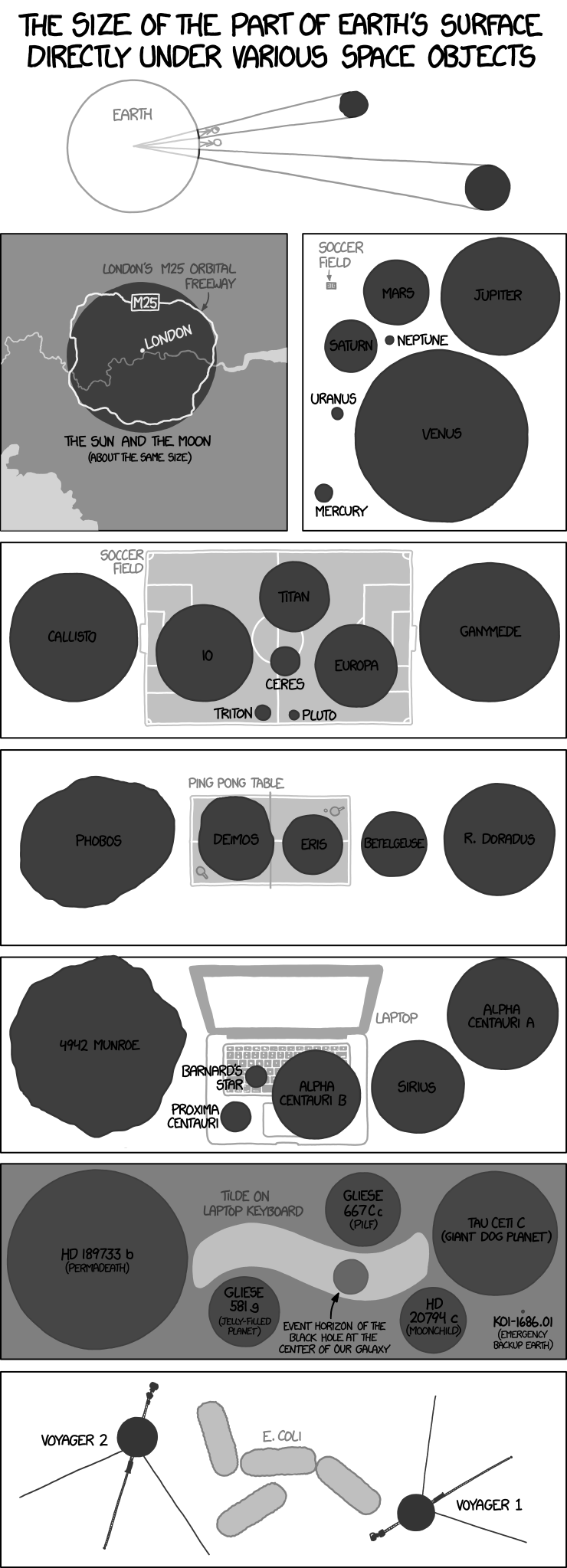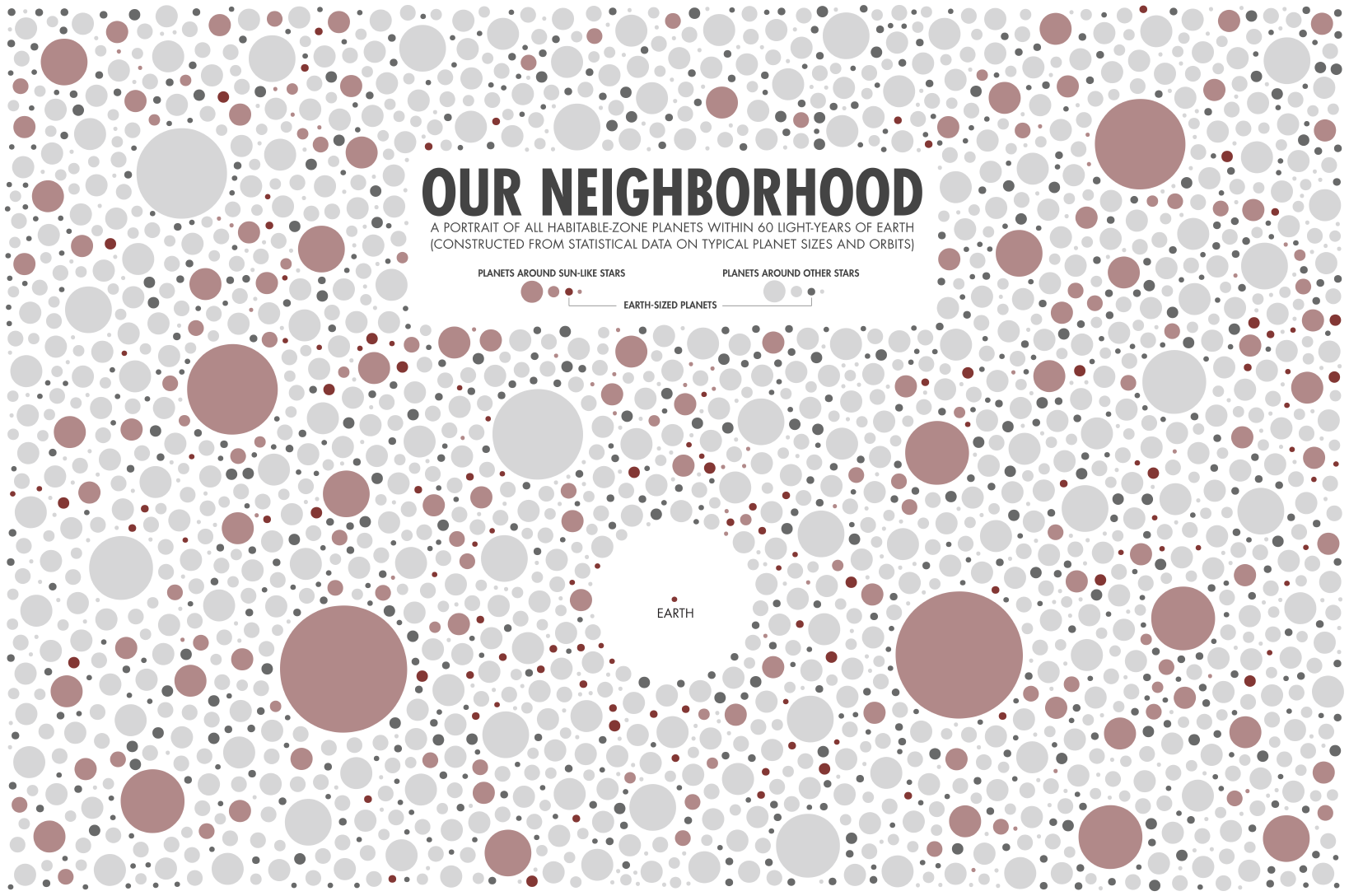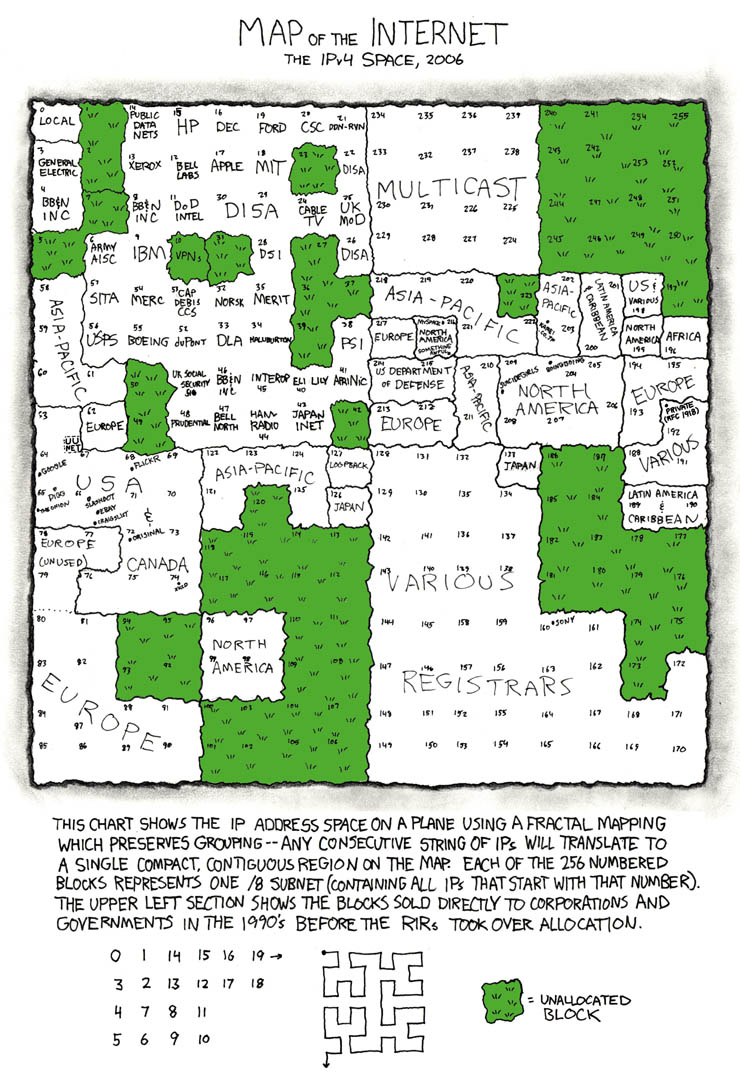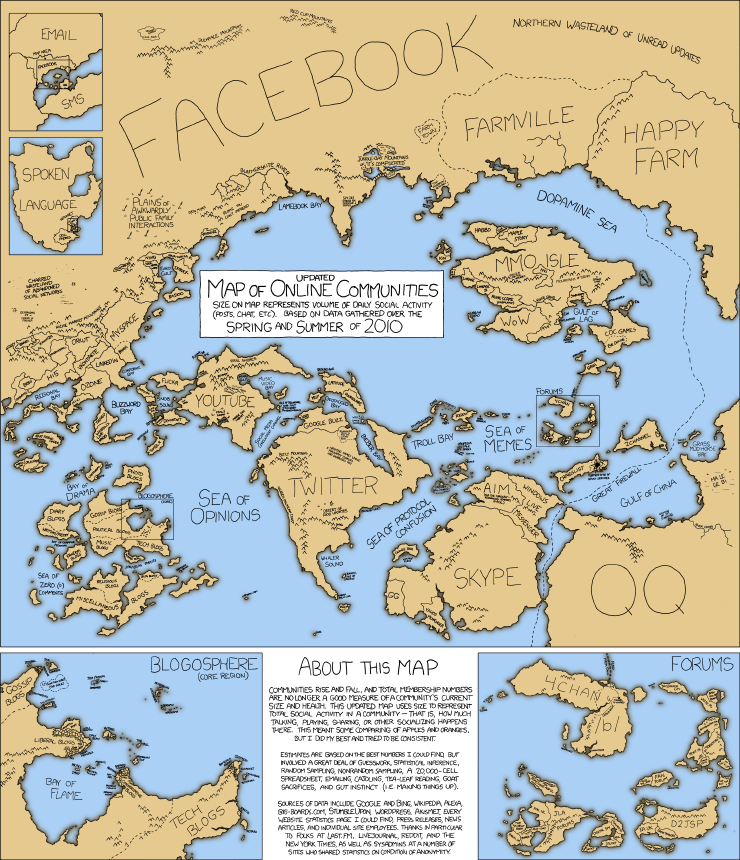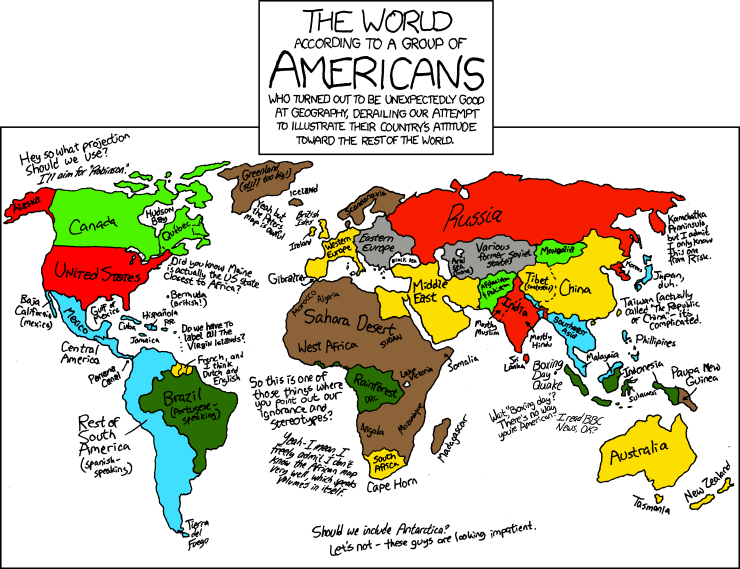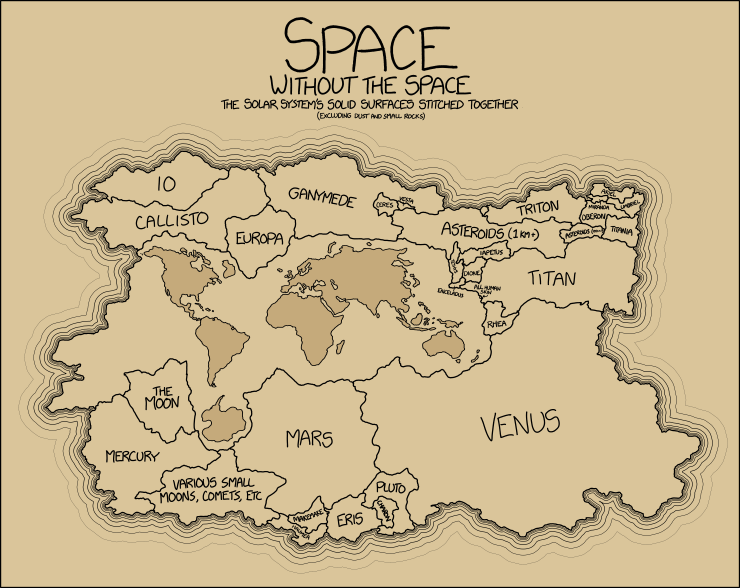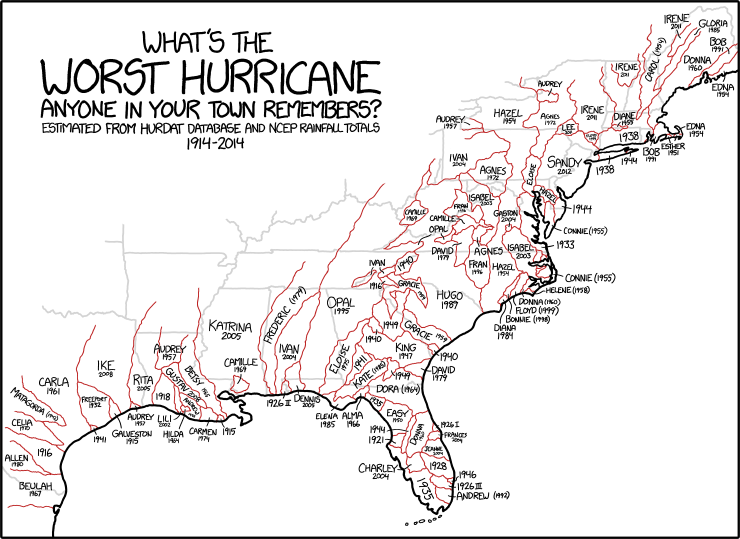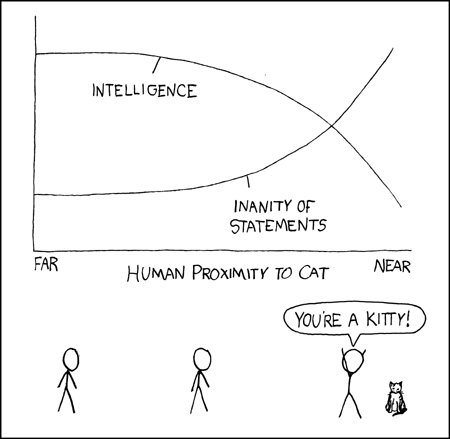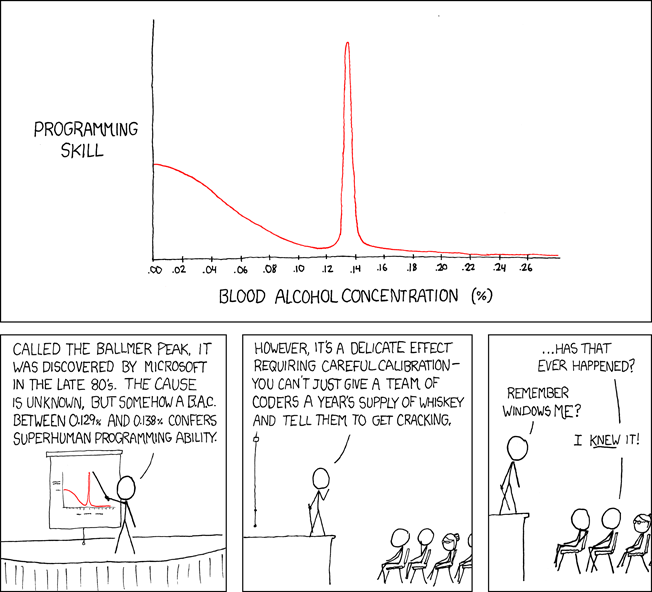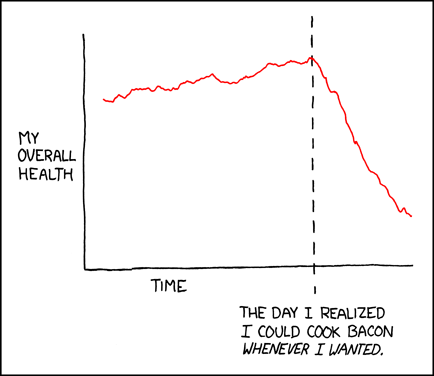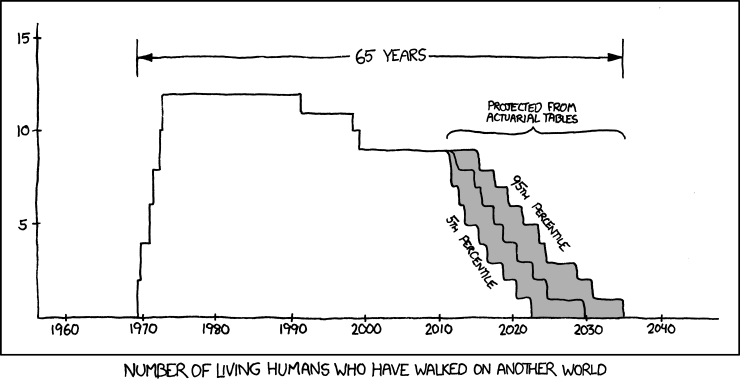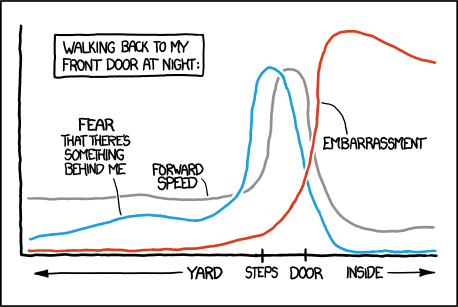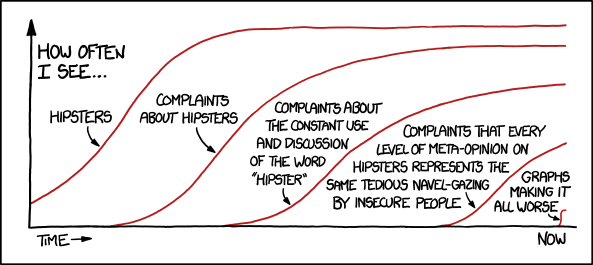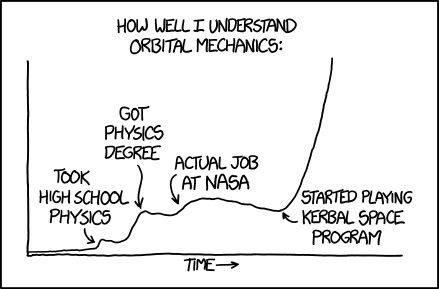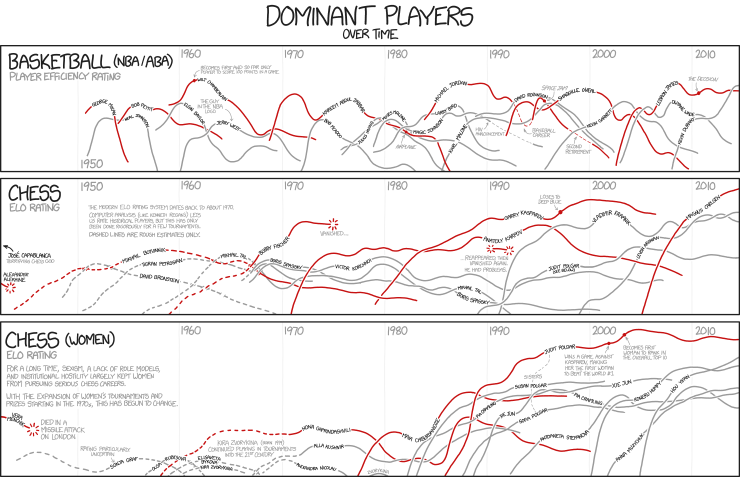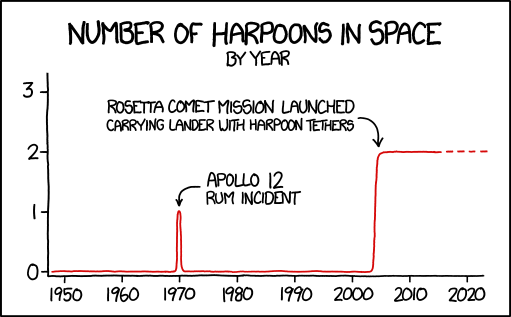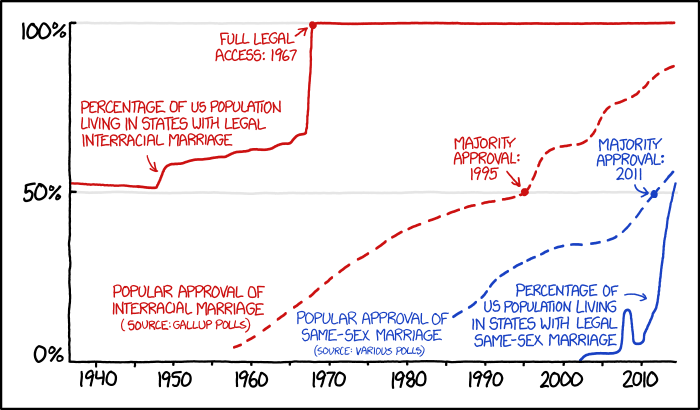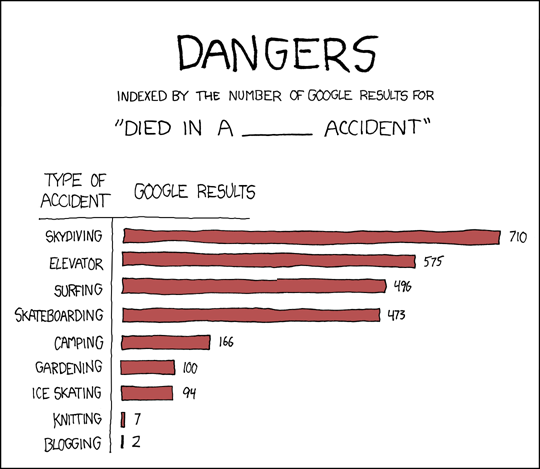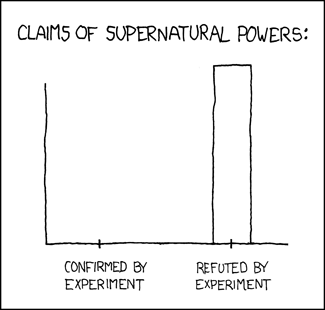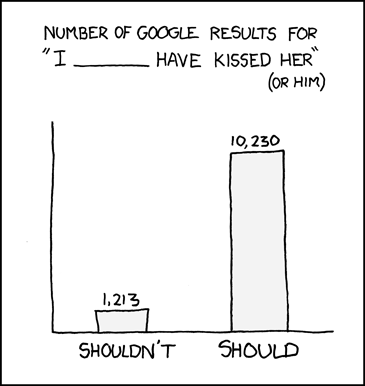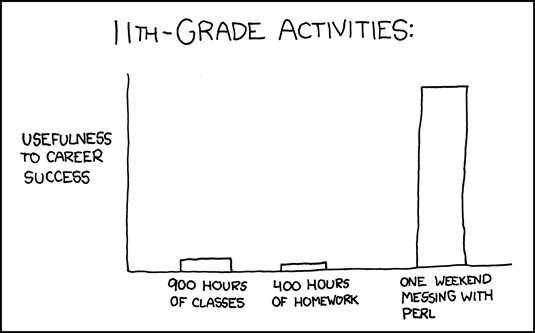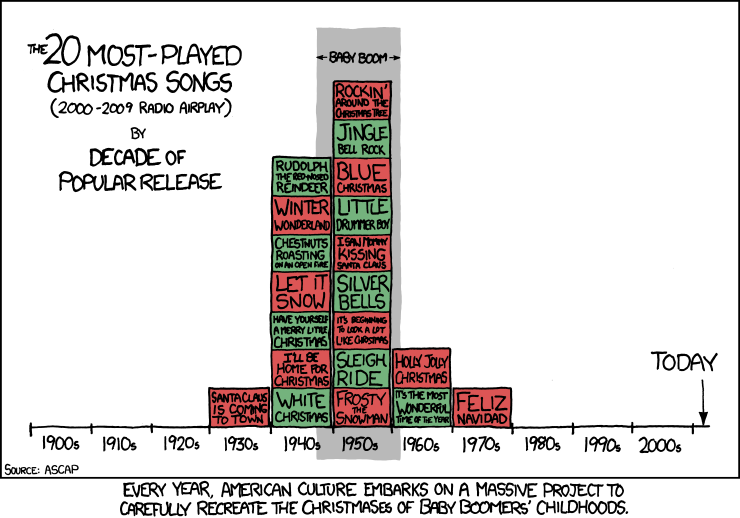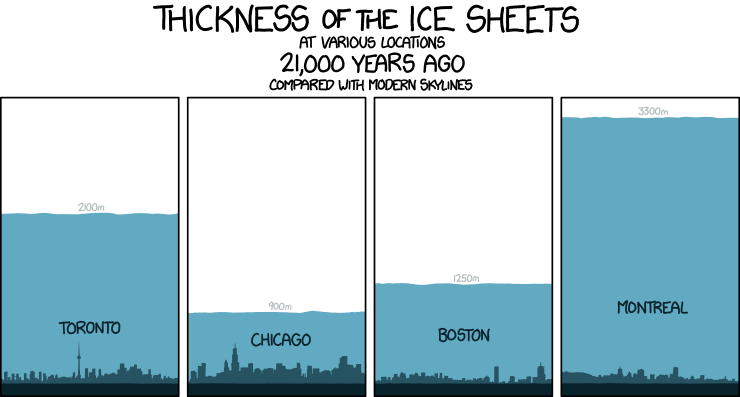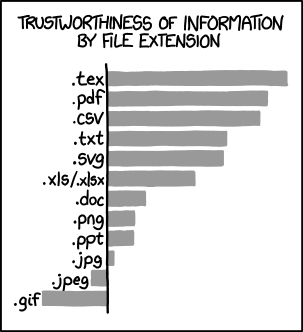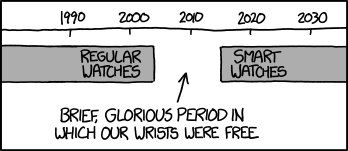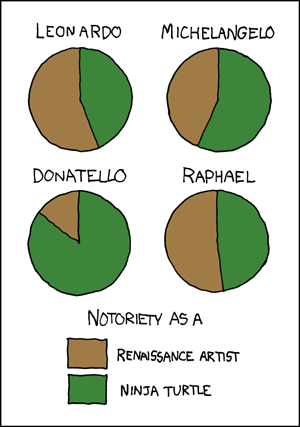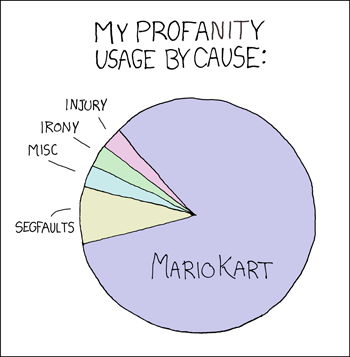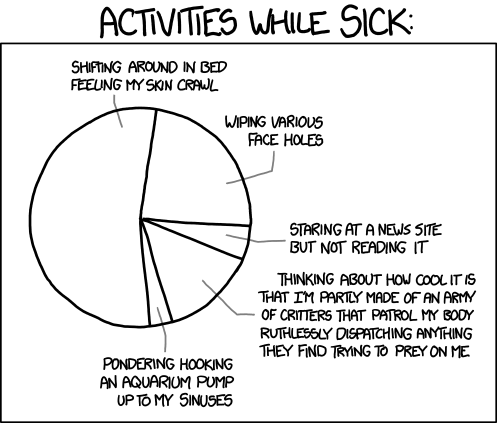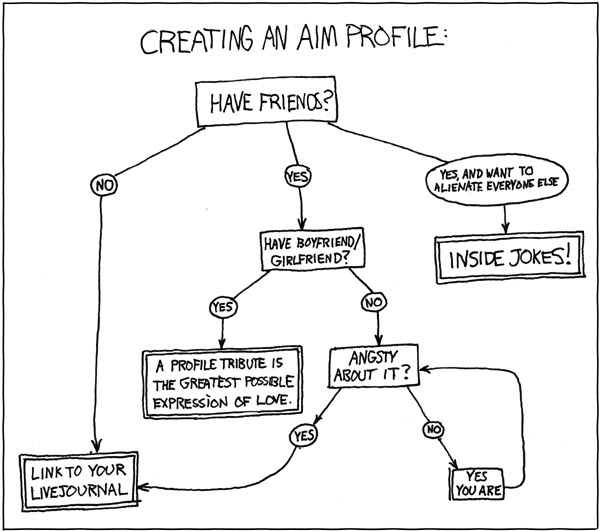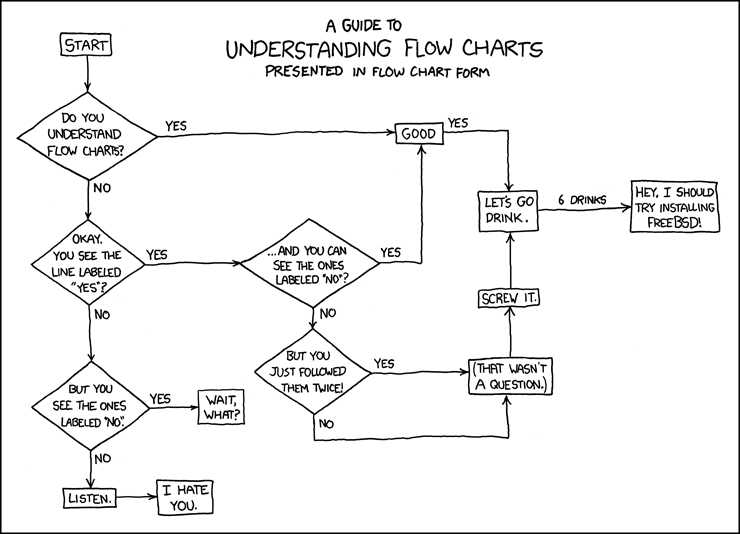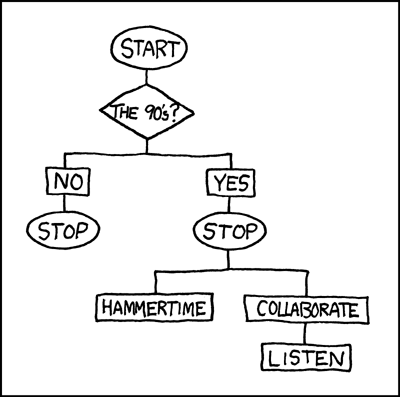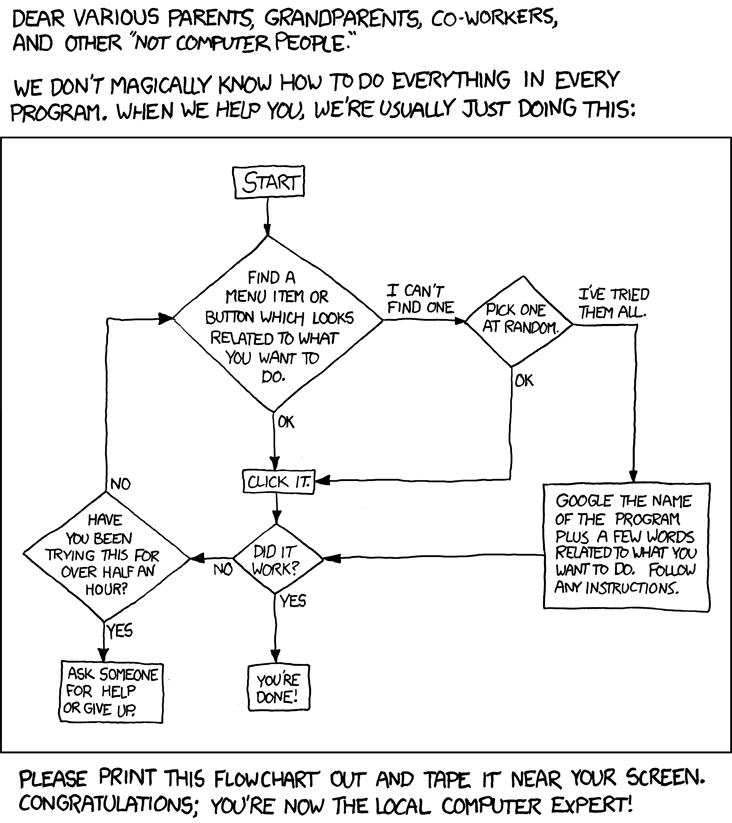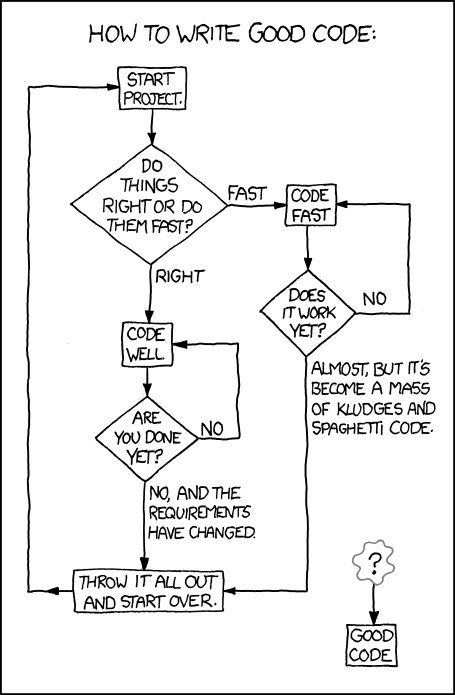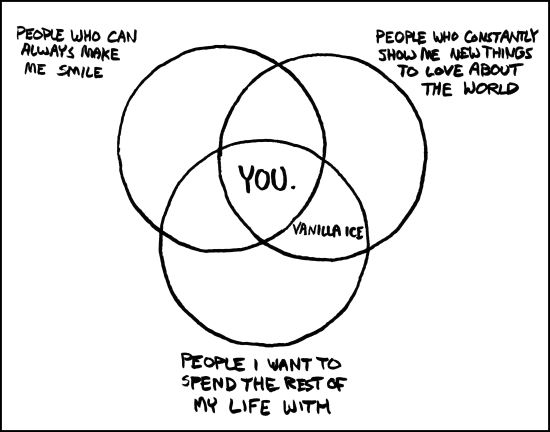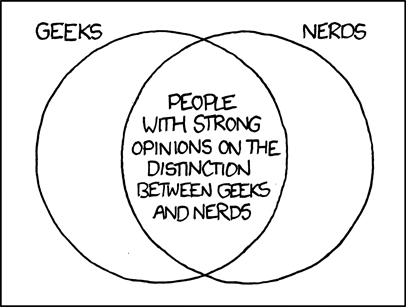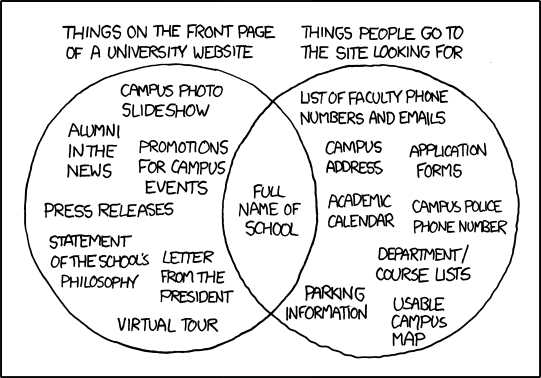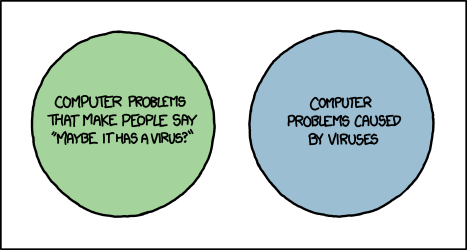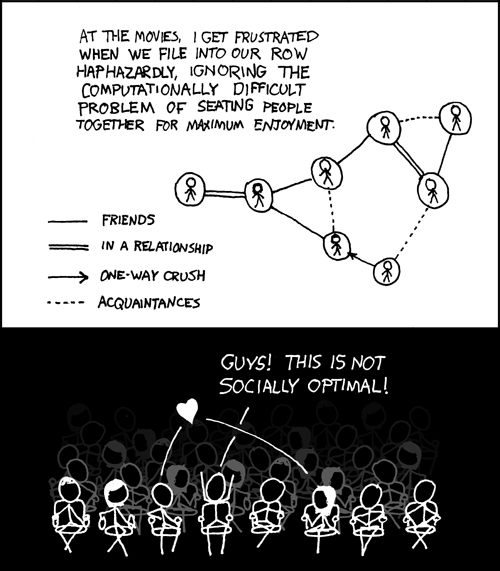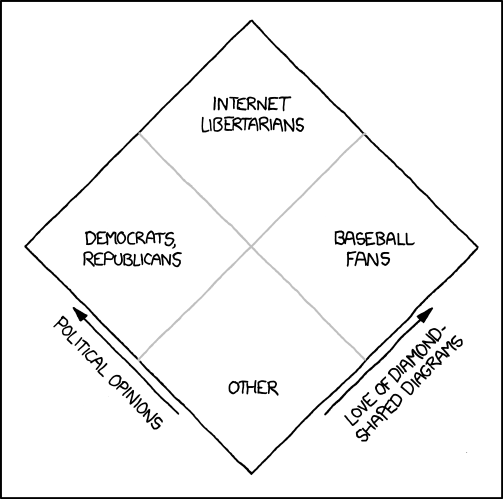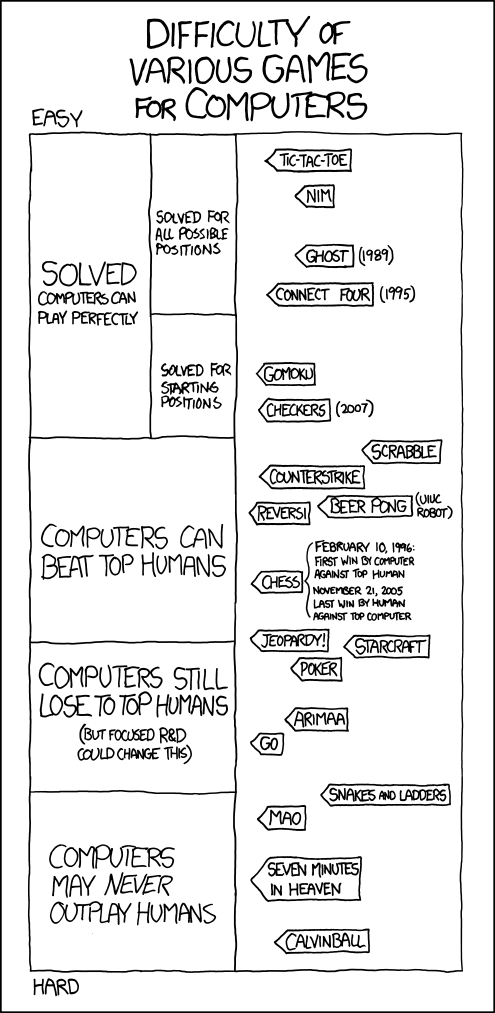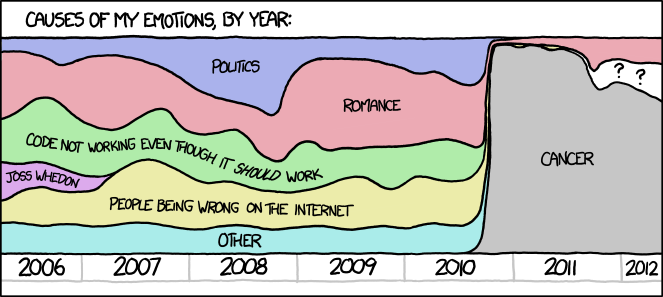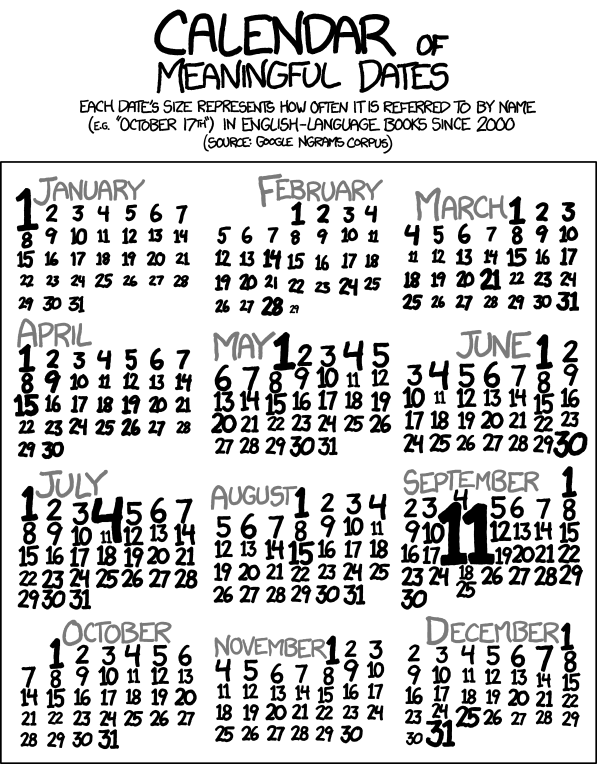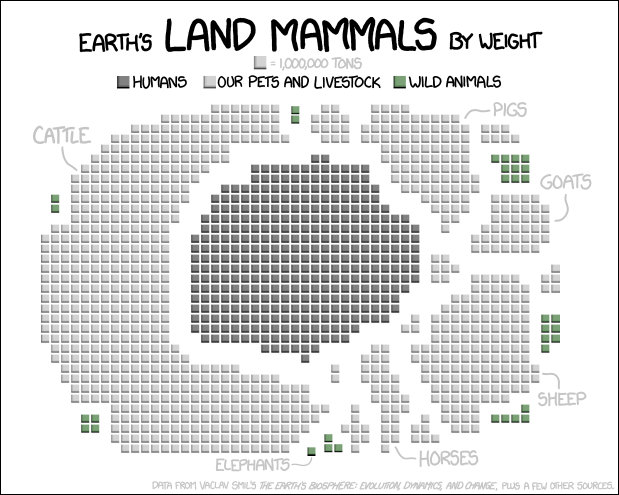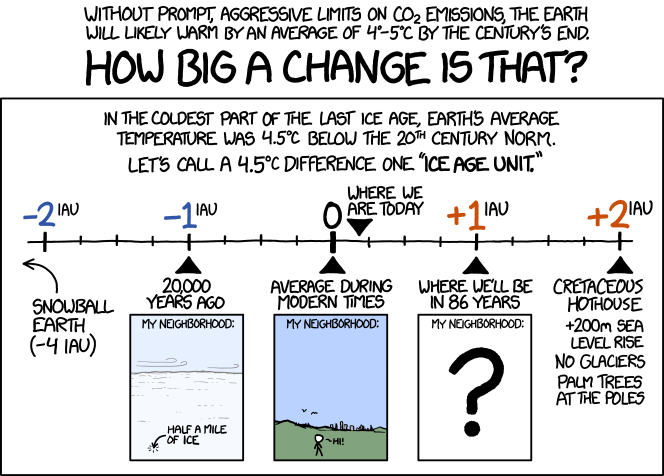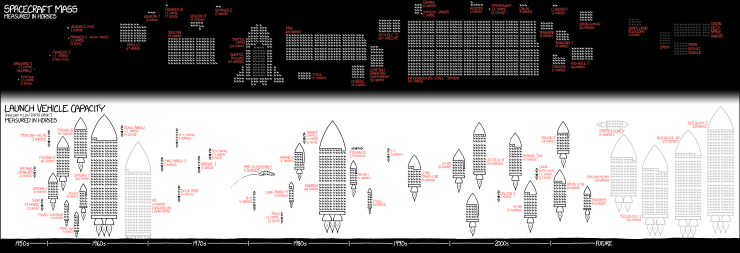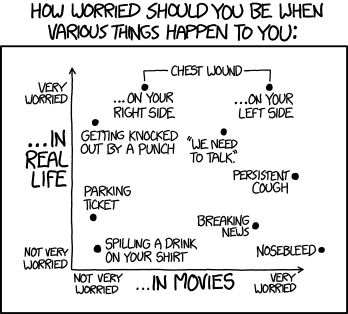Sonification is visualization's poor cousin, probably because vision is a more dominant sense than hearing. As such I've not come across as many interesting sonification projects as visualization projects. In my opinion most sonification projects border on the artistic rather than providing deep insight into the data they represent.
Listen up and decide for yourself.
Solarbeat
Solarbeat is a musical orrery. It's based on the orbit's of the solar system's planets. Each time a planet completes an orbit a chime sounds. The inner planets chime rapidly compared with the longer orbits of the outer planets. The pitch of each planet's chime is higher the longer its orbit is.
Baroque.me
Baroque.me by Alexander Chen explores the first Prelude from Bach's Cello Suites using string lengths to express the pitch of each note (in contrast to classical music notation). I'm not certain whether this qualifies as sonification or visualization of audio.
Radioactive Orchestra
Radioactive Orchestra consists of 3175 radioactive isotopes. You can listen to the radioactive decay signature of each. The fun part comes when you mix (up to) five isotopes to form an audio loop. You can tweak the volume, pitch, tempo and waveform of each isotope's signature to produce some radioactive beats.
Mix your own or listen to the clip created by DJ Axel Boman (below).

1945-1998
Artist Isao Hashimoto created a video and audio clip to represent the 2053 nuclear weapons detonated during the period from 1945 to 1998. Each month lasts one second. For each nuclear explosion a sound is heard and a marker is displayed briefly on the map at the location of the event. The colour of the marker and the pitch of the sound signify the country of origin of the nuclear weapon. A running tally of the countries' detonations is displayed at the top of the clip. There is also a subtle (at least to me) stereo effect; the left/right balance of the sound corresponds to the east/west location of the explosion.
Unfortunately, there are additional sounds played for each passing month (every second) and year. These interfere with the main focus of the project. "Sonic junk" perhaps?
20 Hz
20 Hz was produced using data collected by the CARISMA radio array as it observed the solar wind during a geo-magnetic storm in the Earth's upper atmosphere. The data was collected at a frequency of 20Hz and interpreted as audio.
If you are aware of any other interesting sonification projects then please leave a comment below.












